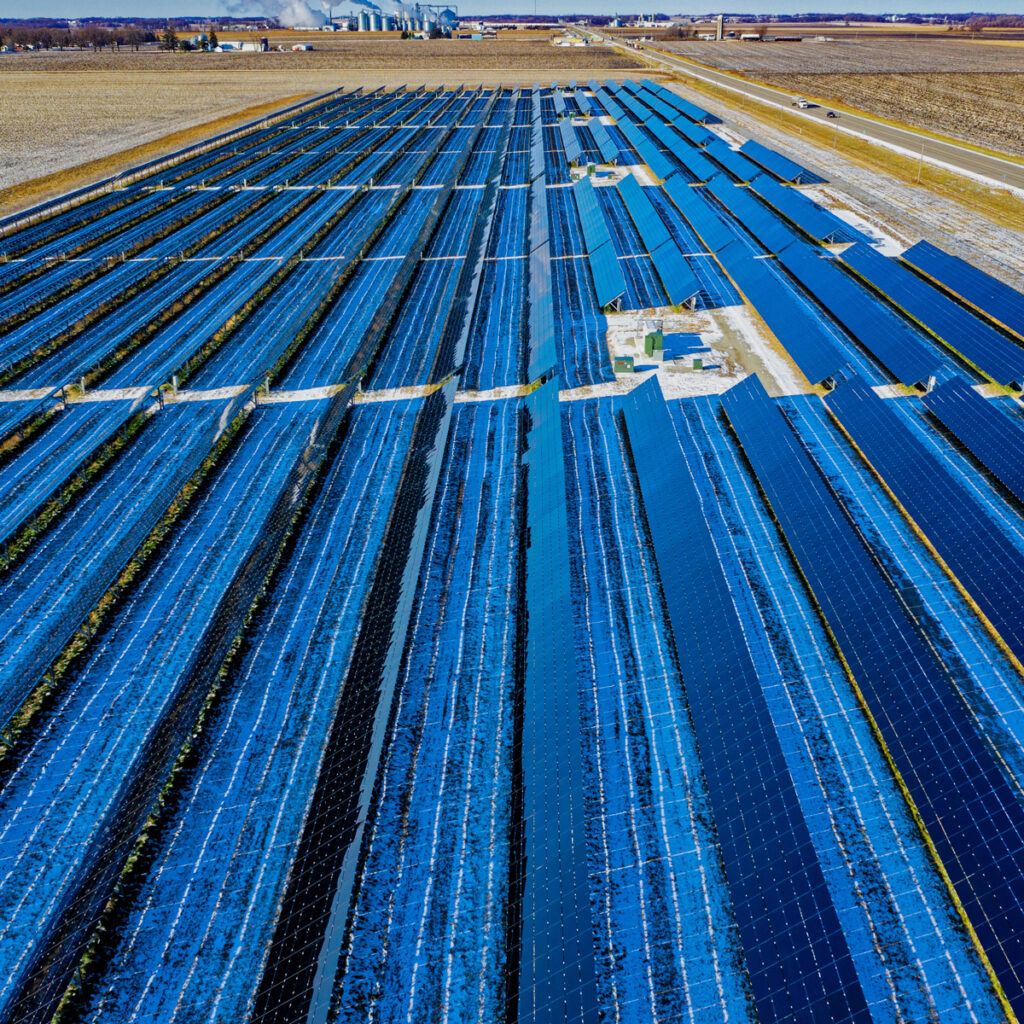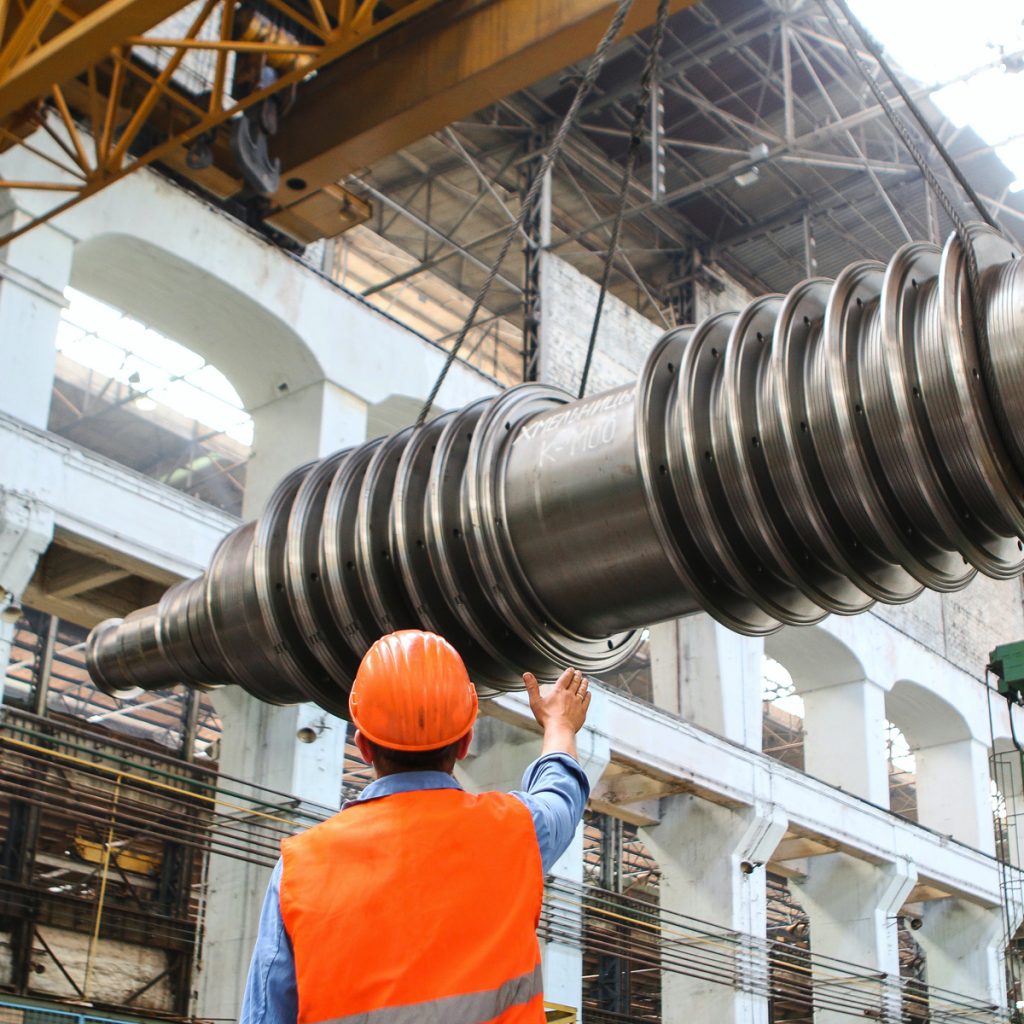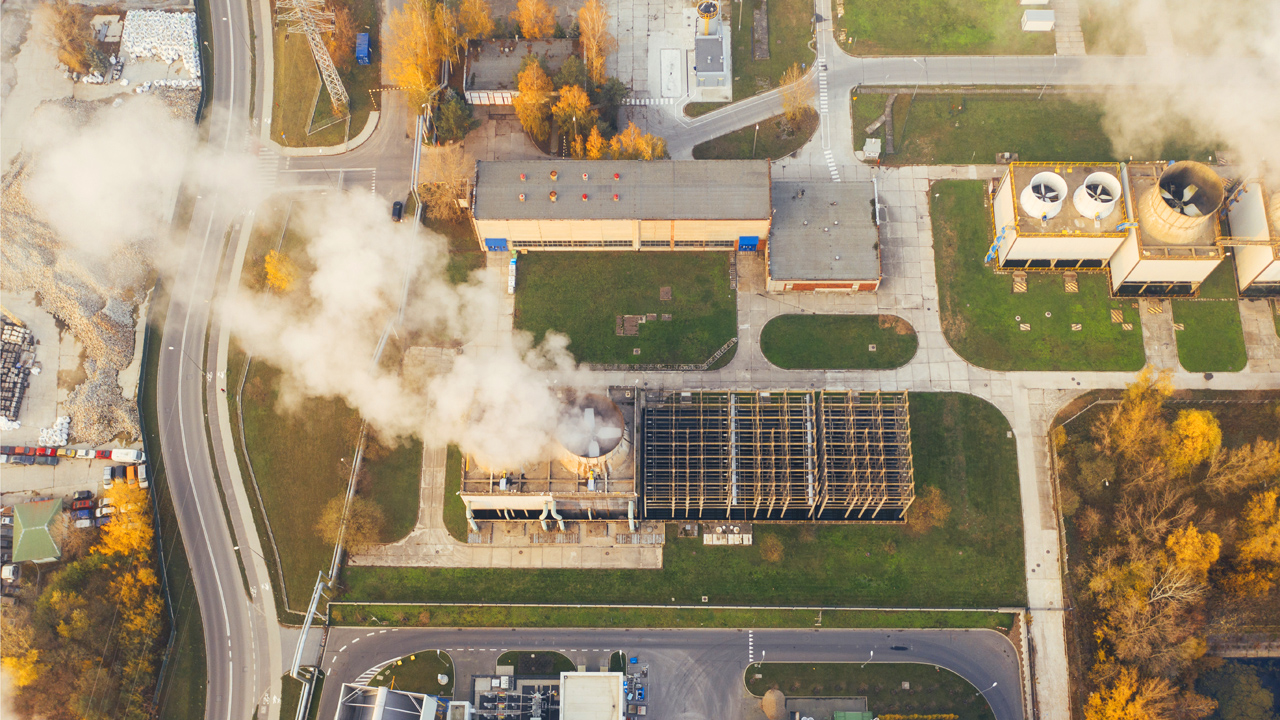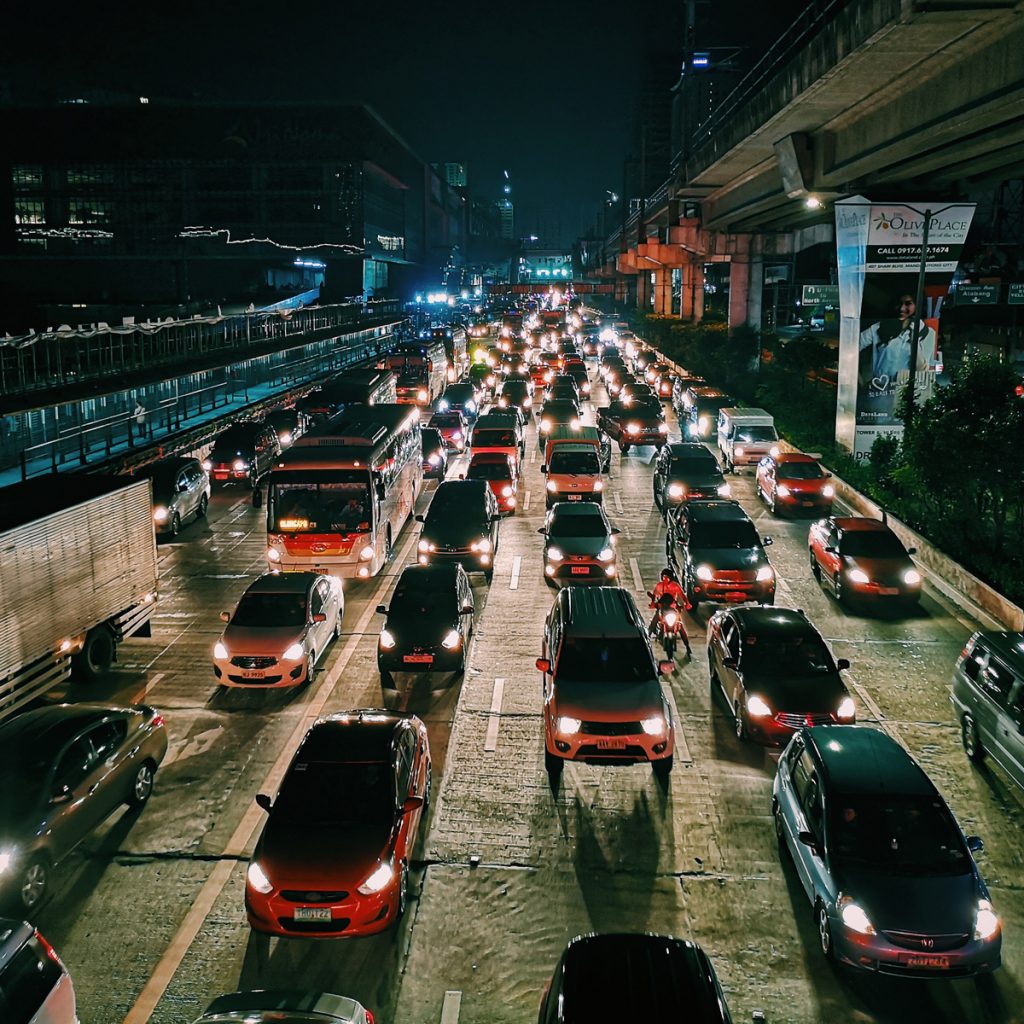A recent study claims training an AI systems produces five times the lifetime emissions of a standard car.
Two hundred eighty-four tonnes of carbon dioxide are allegedly pumped into the air every time AI is taught a new language. For many, it felt like the technology was another disaster waiting to happen.
Since the study’s release, many have highlighted flaws in the method of quantifying AI’s carbon footprint. For example, many AI platform providers (Google and Amazon) are actively seeking renewable energy to power their data centers. And the “training” used in the method isn’t exactly how most applications are made today.
The strongest rebuttal, however, would be AI’s incredible potential in making any sector more environmentally friendly.
At AI Parts, our goal is to see our product contribute to the positive impact of AI and machine learning on the environment. With our predictive maintenance dashboard and Techpro, we see the potential to decrease inefficiencies of cars and a smarter supply chain for aftermarket car parts. With our products, we aim to shrink waste on repeat logistics activities as well as prolong the service life of vehicles.
Top Three Polluters First
In this article, we highlight sectors infamous for their negative impact on the environment.
These sectors are some of the biggest in the world, consuming most of the resources worldwide. And while many say they are moving too slow, these sectors are already driving positive change through AI.
The first item on the list is the reason you can read this article.

Power
Generating electricity is, for obvious reasons, one of the biggest polluting industries globally. It pumps out about 25% of the world’s total greenhouse gas emissions.
Even with the rise of renewable sources, the burning of coal is still the world’s largest source of electricity. That can remain true for half a decade more.
Greener Energy with AI
Many technologies that produce cleaner, zero-emission power already exist. Solar energy, hydroelectric, and wind energy are all significant sources of power.
In April of 2019, renewable energy sources in the US surpassed generation from sources like coal. This achievement bookmarks the progress towards environmentally-sustainable options.
AI’s role isn’t finding a new alternative, it’s in how these options integrate efficiently and flawlessly. A major flaw of renewables that makes it hard to sell is its unpredictability.
Here, AI’s impressive capability of high-resolution modeling takes over. Last February 2019, Google’s AI program DeepMind modeled and predicted the electricity generation by a 700 MW wind farm.
Wind conditions conducive to power generation can be very hard to predict. However, Google’s program can see 36 hours ahead of anyone. This allowed the wind farm to be more certain in selling energy and meeting commitments.
This sort of technology can allow renewable energy sources to grow and scale their business with less risk.
Smarter Distribution Networks
If there is a stronger understanding of the availability of renewable energy, a smooth transition to a fully renewable future isn’t hard to imagine.
This pairs nicely with the ability to predict demand. Platforms like Origami Energy uses machine learning to simplify trading in renewables by forecasting. In Norway, sensors feeding into AI sense irregularities and identify points-of-failure for power distribution.
The use of AI for optimizing industrial-scale consumers of electricity will also leave a dent in human power use. For example, Google used AI to tweak cooling systems for its data center.
Instead of coolers working constantly, they predict heat generation on their servers and respond accordingly. This additional step reduced energy use for Google’s data centers by an impressive 40%.
Transportation
Transportation is the sector that burns most of the world’s petroleum. In Europe, 25% of greenhouse gas emissions are due to transport. From this number, road transport (cars, trucks, buses, etc) accounted for 70% back in 2014.
This is why Europe began offering generous tax cuts for low- and zero-emission vehicles.

Smarter Maintenance, a Gateway to Increased Efficiency
On a consumer-level, AI Parts predictive maintenance tools can help with maintaining a car’s mileage.
A car that isn’t maintained properly can easily burn 30% more fuel than one that is kept in top shape. Through the AI Parts predictive maintenance software, drivers have one platform to monitor all replaceable car parts and possible points-of-failure. This provides users with optimized information on how to maintain their vehicles.
Predictive maintenance also extends the service life of a vehicle. This means less demand for mined metals and less materials being converted to scrap. Low-emission mobility can be achieved through AI modeling, even for not-so-new vehicles so it can easily impact all car owners.
Next-Level Optimization
Optimization in logistics has turned a new leaf with AI. Its potential impact on the environment in this regard is impossible to deny.
In real-world tests such as this one done in Indonesia, a logistics company saved millions of dollars in fuel cost by harnessing AI’s route optimization powers. For a dairy company in the UAE, AI’s route optimization saved 27% on distance travelled and 16% in the number of routes required for its deliveries.
AI isn’t confined to adapting to what’s already there. It can also design it.
Building Cities with Optimal Mobility
In 2017, Toronto’s politicians voted for the permanence of a 2.4-kilometre bike lane. This wise decision was influenced deeply by data provided by AI.
This event provides a glimpse of how algorithms can influence the way people build their cities. London, another major city, logs 780 million events per day through Transport for London(TfL)’s 14,000 sensors scattered around the city. These data, fed into neural networks, can help the agency plan its next steps.
Optimal road network planning will also reduce traffic jams. This can result in 12% carbon emission savings. Watching how AI already influences the way people travel, this significant cut on pollution is achievable.
Manufacturing
Industry, or everything that turn raw materials into a product, is the third most polluting sector in the world. Vast amounts of energy are consumed in manufacturing. Nature is displaced in the search for raw materials. The amount of waste products it churns is a huge problem.

One notorious example is the fashion industry which is entirely responsible for 10% of the world’s CO2 emissions. Did you know it takes 3,700 liters of water to make a pair of jeans?
AI doesn’t seem to back down from a challenge. In the production of semiconductors, AI cuts scrap rates to 30%. Simply put, more materials result in product and not scrap meta.
AI-powered preventive maintenance software can also be used within the manufacturing industry to make sure all types of machinery are in perfect condition function as efficiently as possible. Platforms like GE’s Predix system decrease losses this way.
Smarter supply chain management will also shrink losses of products while in transit.
AI in this field will mean manufacturers can have better projections and match market demands perfectly, instead of driving up volume blindly. Manufacturers can start creating volume and avoid expensive surplus.
R&D
When it comes to manufacturing, AI holds the most promise in research and development.
Innovation can be very costly, high-risk and it requires a lot of time. But with the power of AI, simulating millions of conditions to test an idea cuts cost and time spent to the minimum. Many industry leaders have invested in this idea, like Porsche’s laboratory. With it, car designers cut a lot of cost and time in testing and improving their ideas.
The impact of AI on research and development has the potential to change how every product is made and how they work. With sustainability becoming more of a global goal, innovators within the industry will definitely consider sustainability as a desired outcome.
The Future is Bright Green
It’s hard to conclude in one statement just how impactful AI can be in making civilization, business titans and all more sustainable. These examples barely scratch the surface but they give a great idea of just how powerful the technology can be.
With investments pouring into startups, software and services in AI, it’s great to see Mother Nature benefit from human ingenuity.






